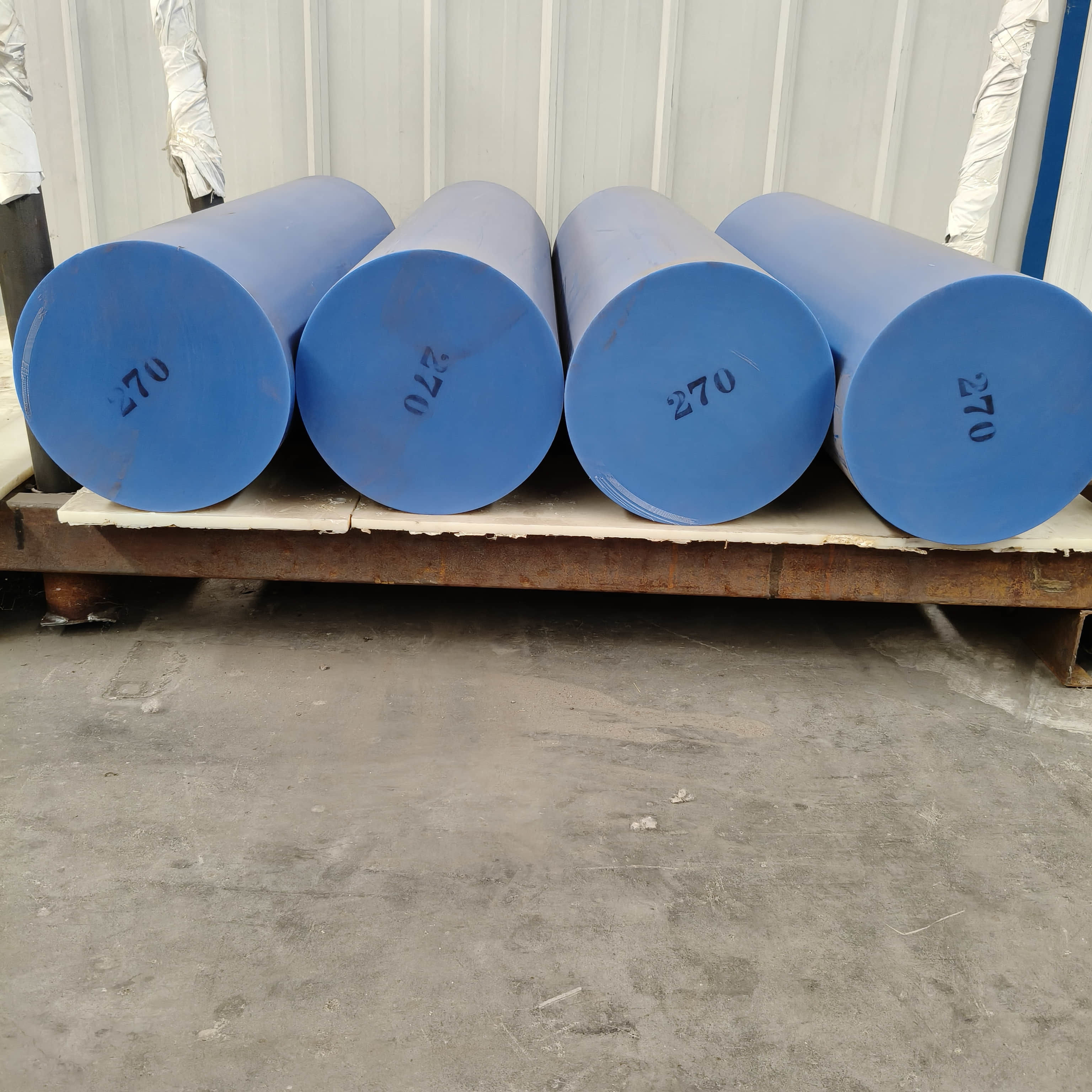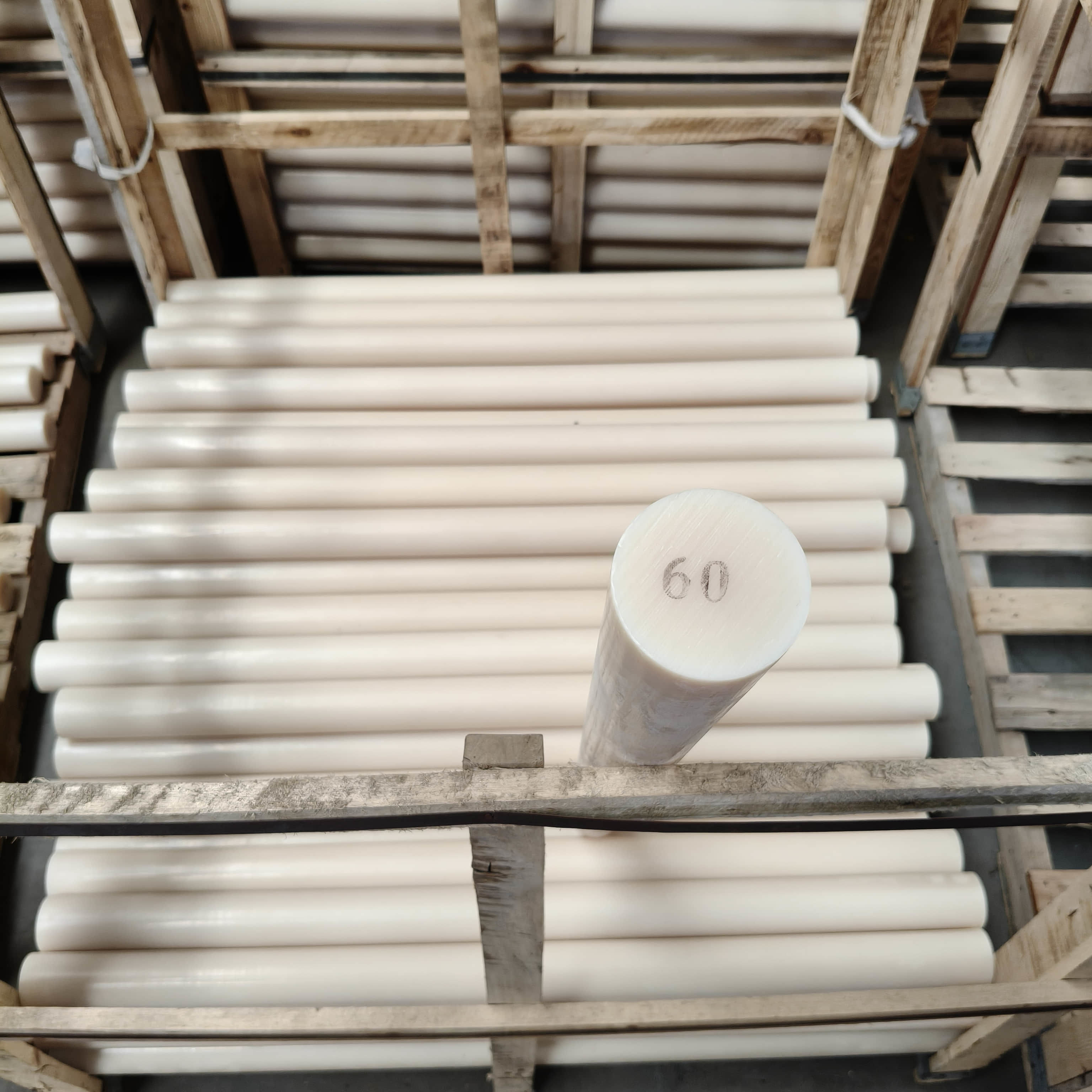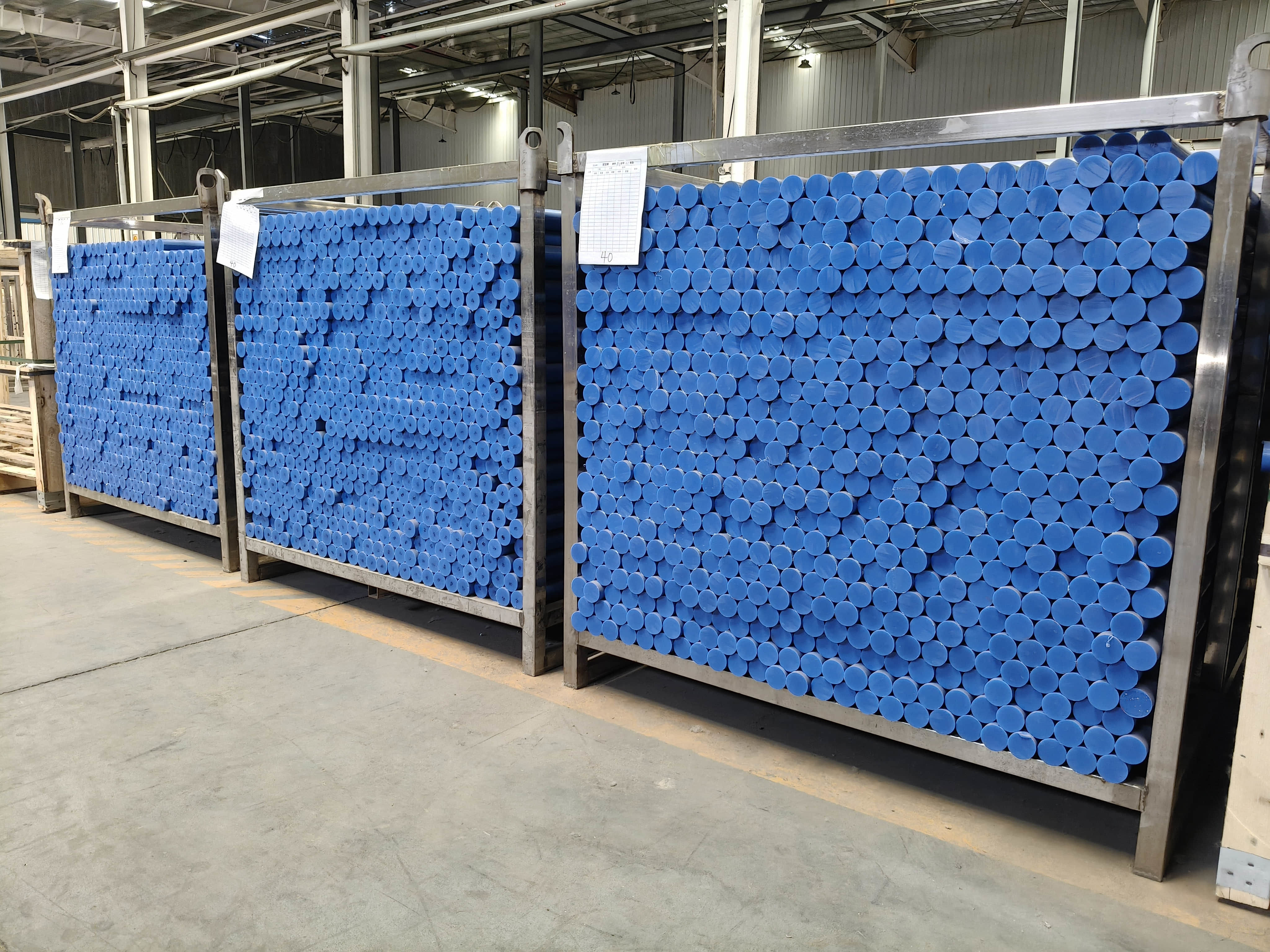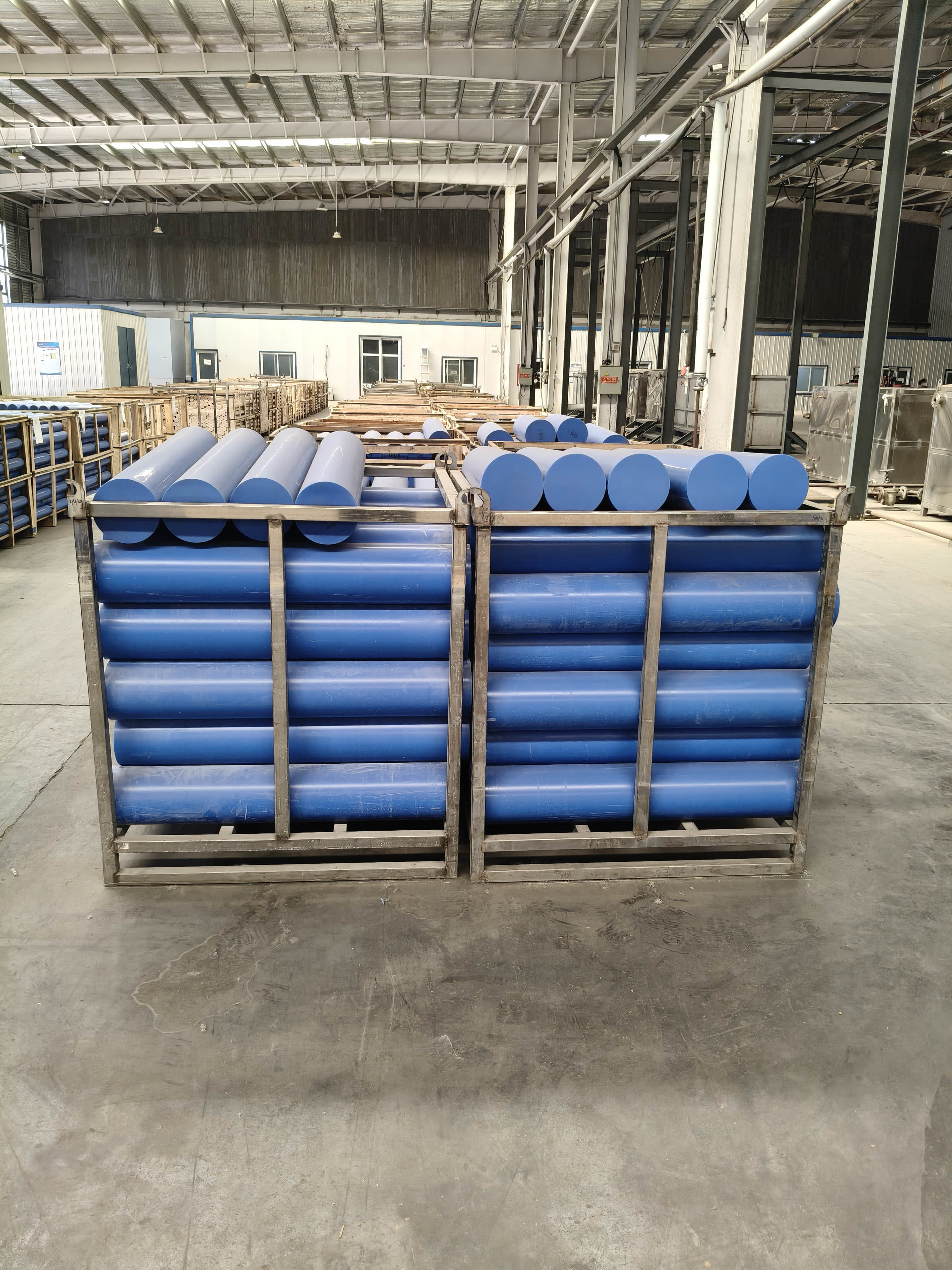How to Choose Sliding Parts: On-Site Differences Between PA6 and POM
2025-10-02

Why does the choice between PA6 and POM matter?
In equipment design and maintenance, sliding parts often wear out quickly, generate noise, and have a short service life, which can frustrate engineers. The choice of material has a huge impact on real-world performance.
Wrong choice: frequent downtime, higher rework costs, and reduced efficiency.
Right choice: significantly longer service life and reduced maintenance costs.
What are PA6 and POM?
PA6 (Nylon 6 / Polyamide 6)
An engineering plastic known for its good toughness and excellent shock absorption. It’s suitable for sliding components exposed to impact.
POM (Polyoxymethylene / Acetal)
Also known as acetal or Delrin, it offers high dimensional stability and outstanding wear resistance. Commonly used in sliding parts that require precision.
In short: PA6 excels at impact resistance, while POM provides precision and stability.
Common Types and Applications
PA6 Sliding Parts
Applications: guide rails, buffer blocks, bushings
Pros: absorbs impact, lightweight, easy to machine
Cons: relatively high water absorption, which may affect dimensional accuracy
POM Sliding Parts
Applications: gears, sliders, precision transmission components
Pros: low friction coefficient, excellent wear resistance, stable dimensions
Cons: lower impact resistance than PA6, may become brittle at low temperatures
On-Site Differences: A Detailed Comparison
Friction performance
POM has a lower friction coefficient, ideal for high-speed sliding parts.
PA6 requires lubrication, and its wear resistance is slightly weaker.
Dimensional stability
POM remains more stable under varying humidity and temperature.
PA6 may expand after absorbing water, so proper tolerance design is necessary.
Load and impact resistance
PA6 withstands higher impact loads, making it suitable for uneven force conditions.
POM performs better under steady loads and continuous sliding.
Machinability and cost
PA6 is easy to machine and cost-effective.
POM allows high-precision machining but comes at a slightly higher cost.
Bonus Tips for Selection
For food machinery: choose modified PA6 (e.g., MC907) that complies with FDA requirements.
For precision transmissions: POM is the better choice for low friction and high stability.
For cost-effectiveness: PA6 is generally more economical and suitable for large-scale metal replacement.
Key Takeaways
PA6 = Impact resistance & low cost
POM = Precision & stability
Selection should be based on friction requirements, environmental conditions, load type, and budget.
📩 Contact us for customized sliding part solutions.
TAG:
Previous
Next
Previous:
Next:
Related News
How to Choose Sliding Parts: On-Site Differences Between PA6 and POM





